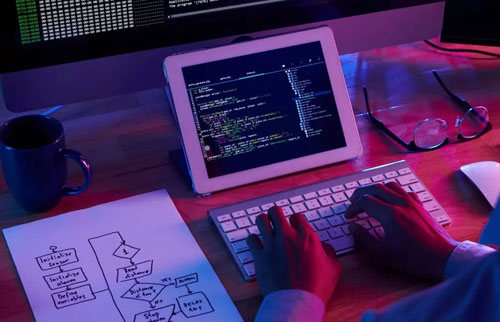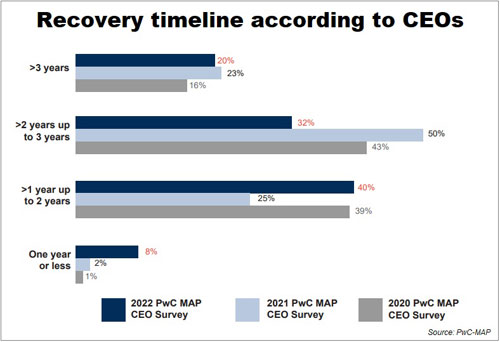Eight in 10 employees in the Philippines believe the quality of their work has gone up with the hybrid work setup, according to the latest study of Cisco.
According to Cisco’s Hybrid Work study, employees in the Philippines are getting more work done with hybrid setup.
This has helped them take more time for themselves, with 89 percent of employees saying hybrid work has improved their overall wellbeing, driven by more flexible work schedules and reduced commuting time.
As a result, 92 percent of employees say that hybrid work has made them happier.
However, only one in four or 29 percent of employees believe their company is “very prepared” to transition into hybrid work.
“The last two years have shown us that work is no longer where we go, but what we do. Employees and employers in the Philippines are experiencing tangible benefits from hybrid work, stemming across improved employee well-being to better productivity and work performance. More needs to be done to fundamentally rethink how the work experience is designed so it places employees — their experience, engagement, and well-being — at the center, supported by an inclusive culture, empathetic leadership and with technology as an enabler,” Zaza Nicart, Cisco Philippines managing director, said in a statement.
With hybrid work as the new normal, the challenge for businesses is to think ahead and adopt practices that will truly enable their hybrid workforce and transform their workplace for the long term.
Cisco said this starts with a multi-prong strategy focused on adopting the right technological solutions, building employee engagement strategies and creating an inclusive work environment.
Cisco’s Global Hybrid Work study showcased findings which supported a Senate resolution led by Senator Grace Poe, who urged the Senate to conduct an inquiry into the implementation of Republic Act 11165 or the “Telecommuting Act,” with the end goal of promoting remote and hybrid work arrangements.
The proposed bill grants telecommuting employees fair treatment that are given to on-site workers and entitles them to receive a fair rate of pay, right to rest periods and regular holidays, appropriate training to technical equipment, equal access to training and career development opportunities.
Meanwhile, Cisco said 73 percent of Filipino employees say connectivity issues on a regular basis is career limiting for remote workers.
According to Nicart, having a strong networking infrastructure and cybersecurity posture can solve such connectivity issues, and overall deliver seamless and secure work experience for employees.
One critical security model for a long-term hybrid work arrangement is Secure Access Service Edge, which integrates networking and security functions into a unified, cloud-native solution or service. In contrast to traditional security solutions, it pushes security policies and enforcement closer to end users and applications that are now increasingly distributed.
This connects and protects users and applications wherever they are located or hosted, ultimately providing a more consistent and secure user experience, while reducing IT cost and complexity.
Nicart said such user experience is “critical” in a hybrid work model.
“Secure connectivity enables companies to provide unified experiences to employees. As IT environments grow increasingly complex, cloud managed experiences like Cisco Thousand Eyes which provides powerful visibility across the internet is key. Proactively forecasting and optimizing WAN performance in the back end allows companies to provide a seamless digital experience to employees and customers,” Nicart added.





